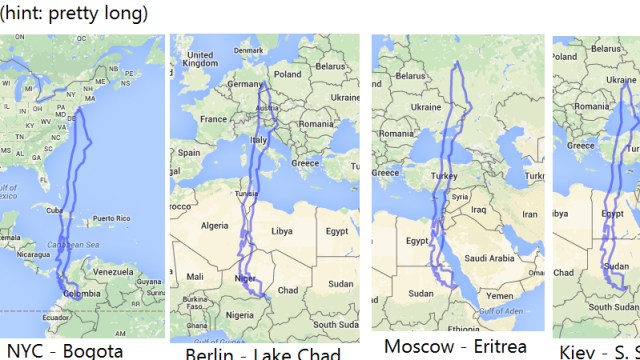Most planets in the Universe are homeless
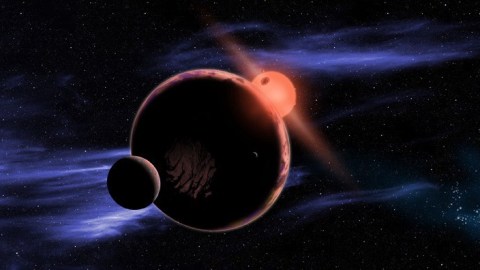
Some were kicked out of their Solar Systems at the beginning, while others never had a parent star at all.
“The truth is you can be orphaned again and again and again. The truth is, you will be. And the secret is, this will hurt less and less each time until you can’t feel a thing. Trust me on this.” –Chuck Palahniuk
We normally think of planets as being synonymous with gas giant or rocky worlds orbiting a parent star. And as far as stars go, the Milky Way is lined with hundreds of billions of them, each with their own unique and varied stories of birth and history. Some are massive and bright, some are smaller and dim; some were born only a few million years ago, others are nearly as old as the Universe itself. But there is one thing that practically all of them are expected to have in common: solar systems. As the Kepler mission and other exoplanet studies have shown, if you want to find planets, simply pick a star and look around it: you’re bound to find not just one but a whole system of planets.
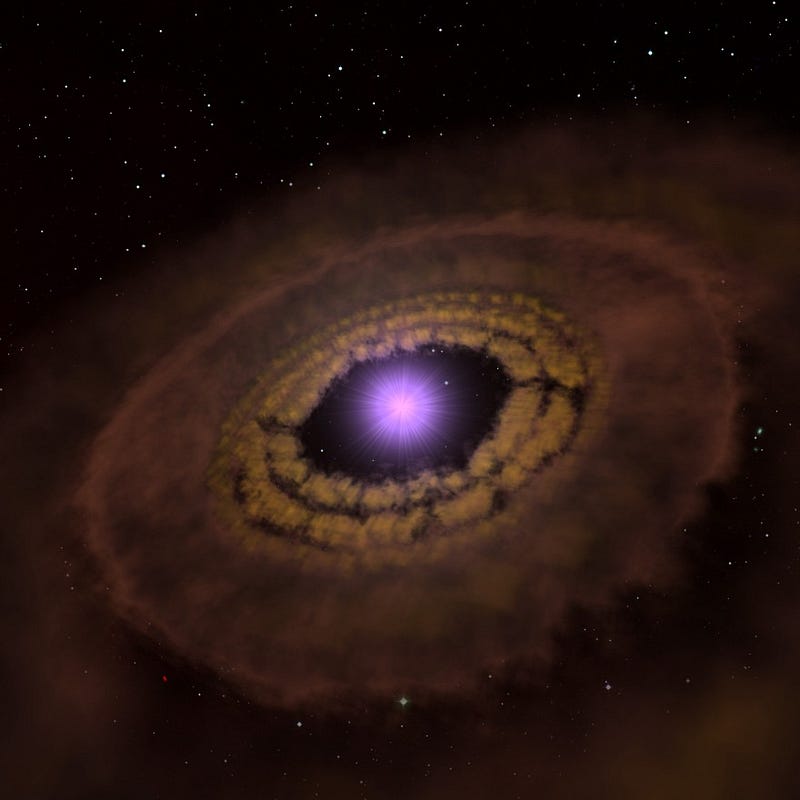
But beyond that — in addition to the stars and all the bodies that orbit them — there ought to be a huge number of planets with no central stars at all: the rogue planets of our galaxy. We think this is true everywhere in the Universe, from small star clusters to interstellar space to the cores of giant galaxies. As best as we can tell, there are at least as many starless planets wandering the cosmos as there are stars, and probably many more than that. This means that, for every point of light you see, there are a great many more massive points that exist that you don’t see, since they emit no visible light of their own.
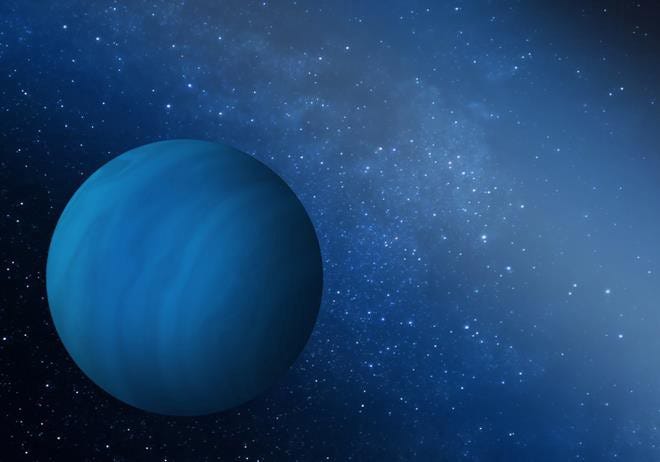
Observationally, we’ve recently discovered a number of possible rogue planet candidates. “Candidate” is an important word; we can’t be certain these are true planets because there’s no good verification technique. They’re so difficult to detect even with our best modern equipment (and, even at that, are only visible from their very faint heat signatures in the infrared) that we fully expect that there must be many, many more than what we’ve seen so far. Still, the fact that they’re so difficult to find combined with the fact that we’ve still found a good number of likely ones is promising. If you’re at all curious, you can’t help but wonder where these rogue planets come from!
One compelling source of these planets is near and dear to us all.
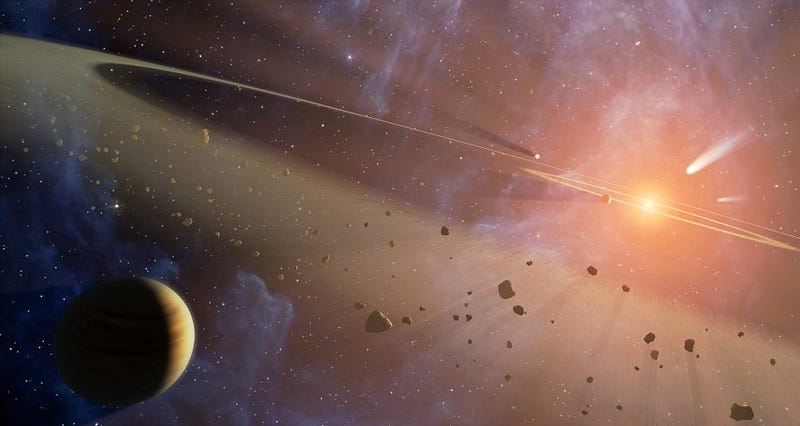
We know how solar systems like our own form: after gravitational collapse creates a region of space where fusion ignites, you wind up with a central star with a protoplanetary disk around it. Gravitational perturbations arise in the disk, which attract more and more matter from their surroundings, while the heat from the newly formed central star gradually blows much of the lightest gas away into the interstellar medium. Over time, these gravitational perturbations grow into asteroids, rocky planets, and eventually — for the largest ones — gas giants.
The thing is, these worlds don’t just orbit their central star, they also gravitationally tug on one another! Over time, these planets migrate into the most stable configurations they can attain, and this usually mean the largest, most massive worlds migrating into their most stable configurations, often at the expense of other, smaller, lighter worlds. What happens to these “losers” in the cosmic battle for planetary permanence? They either get absorbed via mergers, flung into the Sun, or — perhaps most likely — kicked out of the solar system and into interstellar space.
A recent simulation shows that for every planet-rich solar system like our own (with gas giants) that forms, there’s likely to be at least one gas giant planet that gets kicked out, into the interstellar medium, where it’s doomed to wander the galaxy on its own as a rogue planet. In addition, the number of smaller, rocky worlds kicked out per solar system may be as high as 5–10. That’s almost definitely a major source of rogue planets, most likely accounting for hundreds of billions of them in our own galaxy.
But here’s the funny thing: when we work out the numbers of our best theoretical calculations, the ones produced by getting kicked out of young solar systems represent far less than half of the rogue planets that we expect. Where, then, would they all come from? To figure out where the majority of starless planets come from, we have to look at a larger scale at around the same time: not just when our Solar System formed, but at the cluster of stars (and star systems) that all formed at around the same time!
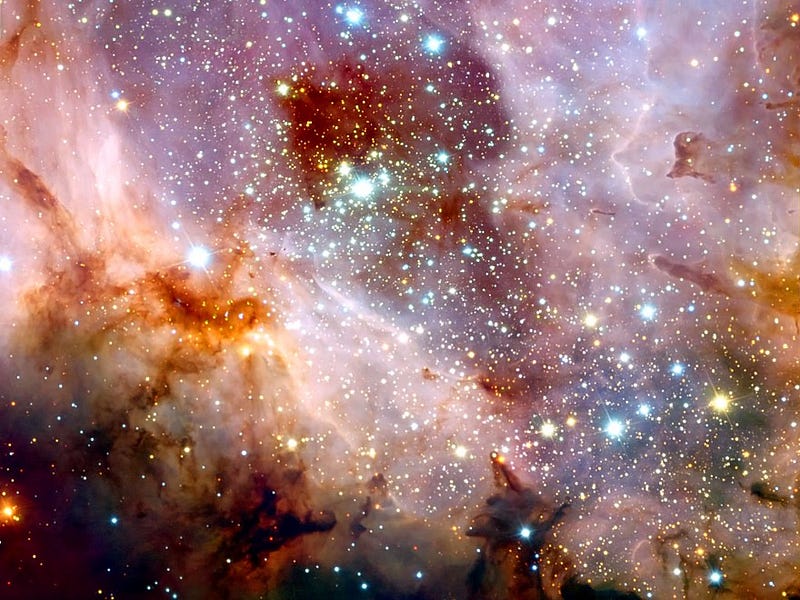
Star clusters form from the slow collapse of cold gas, most of it made of hydrogen, and it typically takes place within a pre-existing galaxy. Deep within these collapsing clouds, gravitational instabilities form, and the earliest, most massive instabilities preferentially attract more and more matter. When enough matter gets together in a small enough region of space, and the densities and temperatures at the core of these clouds get high enough, nuclear fusion ignites and stars are born!
This results in not only a single new star and star system, but a great many of them, as each cloud that collapses to form a new star contains enough matter to form a great many stars. But something else happens along with this, too. The biggest stars that form are also the hottest and bluest, meaning they emit the most ionizing, ultraviolet radiation. And that starts one of the most urgent races to ever take place in the cosmos.
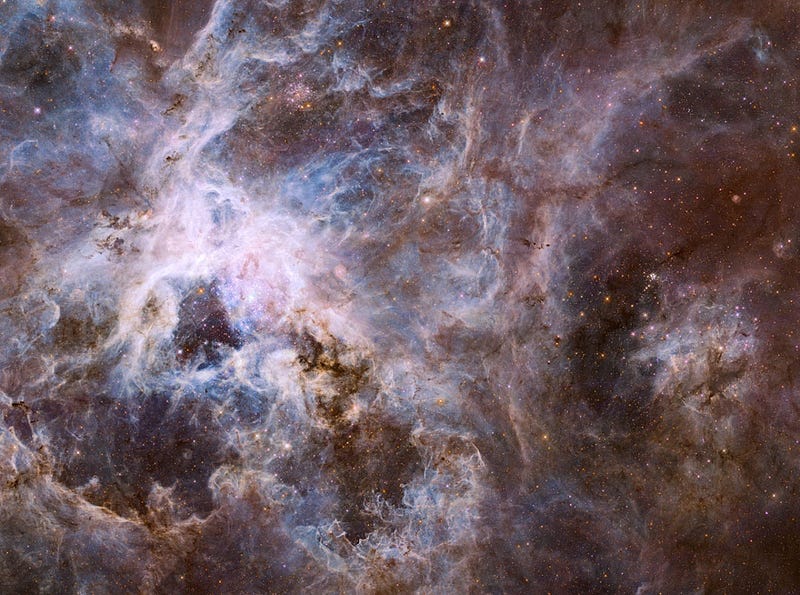
When you look inside a star-forming nebula anywhere in the Universe, you are actually watching two processes simultaneously competing:
- Gravity, as it attempts to pull matter in towards these young, growing gravitational overdensities, and
- Radiation, as it works to burn off the neutral gas and blow it back into the interstellar medium.
Who will win?
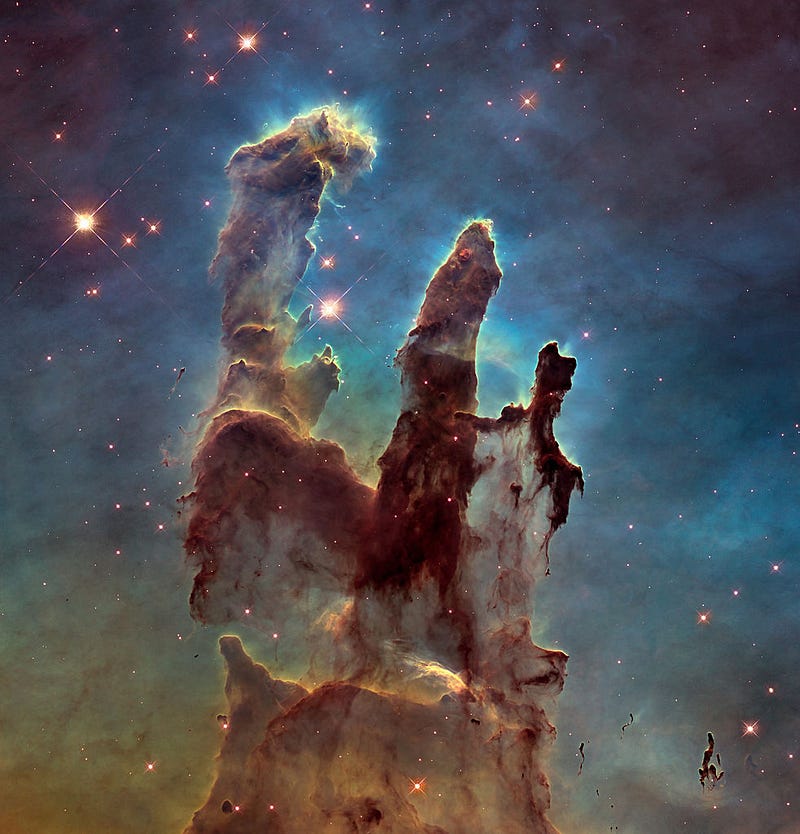
It depends what you mean by “win,” exactly. The biggest gravitational overdensities form the largest, hottest and bluest stars, but these are also the rarest of all stars. Smaller (but still large) overdensities form into other stars, but become more and more common as we get down to lower masses. This is why, when we look deep inside a young star cluster, it’s easiest to see the brightest (mostly blue, with some evolved ones of other colors) stars, but they’re vastly outnumbered by lower mass, yellow (and especially red), dim stars.
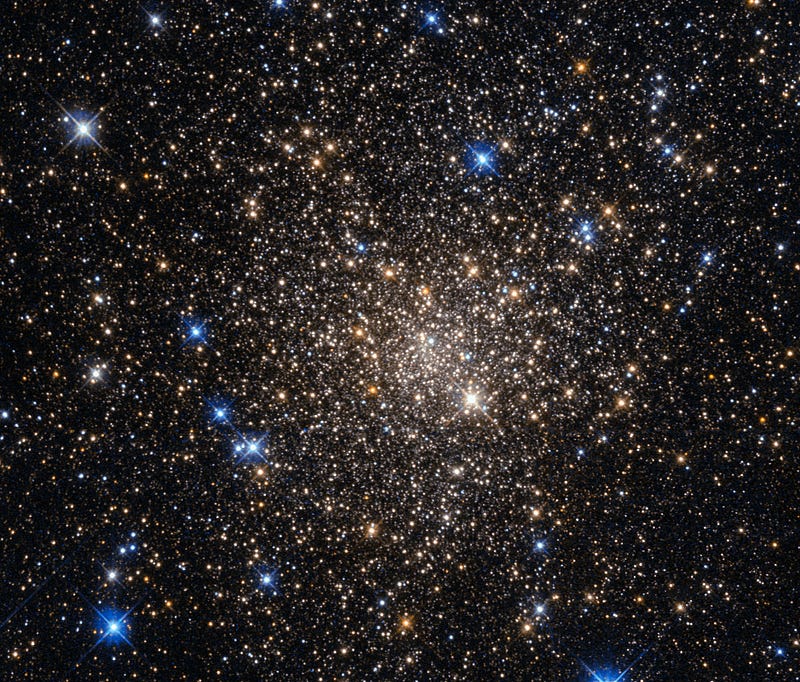
The thing is, if it weren’t for the radiation that the youngest stars emit, these dim, red-and-yellow stars would have continued to grow more massive, brighter, and would have burned hotter! Stars (on the main sequence, which is most stars) come in a variety of types, with O-stars being the hottest, largest and bluest and M-stars being the coolest, smallest, reddest and least massive. Even though the vast majority of stars — 3 out of every 4 — are M-class stars, compared to less than 1% of all stars being O-or-B stars, there’s just as much total mass in O-and-B-stars as there are in M-stars. It would take about 250 typical M-class stars to equal the mass in a single O-star!
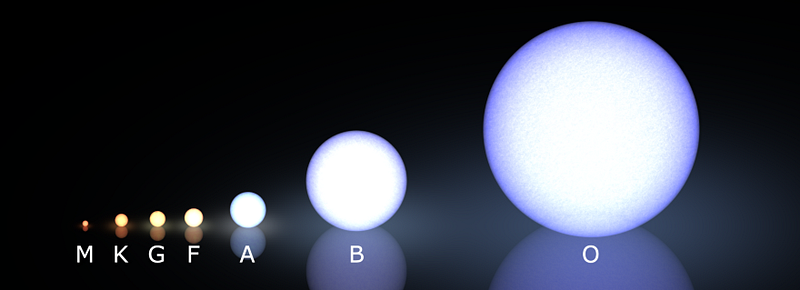
As it turns out, some 90% of the original gas-and-dust that was in these star-forming nebula winds up getting blown off back into the interstellar medium rather than forming stars. The most massive stars form the fastest, and then get to work blowing the star-forming material out of the nebula. By time a few million years go by, there’s less and less material around, preventing the formation of new stars at all. Eventually, all the leftover gas-and-dust will burn off completely.
Well, guess what? Not only are M-class stars — stars between 8% and 40% of the Sun’s mass — the most common type of star in the Universe by far, but there are a whole lot more that just maybe would have been M-class stars if it weren’t for the high-mass stars burning off the extra material!
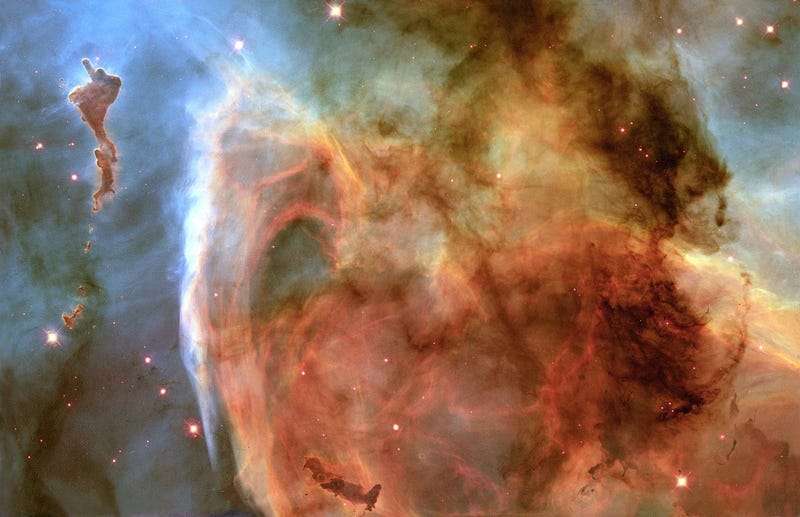
In other words, for every star that forms, there are many, many failed stars that didn’t quite make it in the mass department; anywhere from tens of them to hundreds-of-thousands of them for every single star that actually forms!
Think about the fact that our own solar system contains hundreds or even thousands of objects that potentially meet the geophysical definition of a planet, but are astronomically excluded only by the virtue of their orbital location. Now consider that for every star like our Sun, there are most likely hundreds of failed stars that simply didn’t accrue enough mass to ignite fusion in their core. These are the homeless planets — or rogue planets — that far outnumber planets like ours, that orbit stars. The ones that were born without parent stars have one of the saddest astronomical names of all: orphan planets. They may or may not have atmospheres, and they may be incredibly difficult to detect, especially the (theoretically) more common ones: the smallest objects. But if you do the math, that means for every star-orbiting planet like ours in the galaxy, there may be up to 100,000 planets that not only don’t orbit a star now, but most likely never did. They’re just incredibly hard to find.
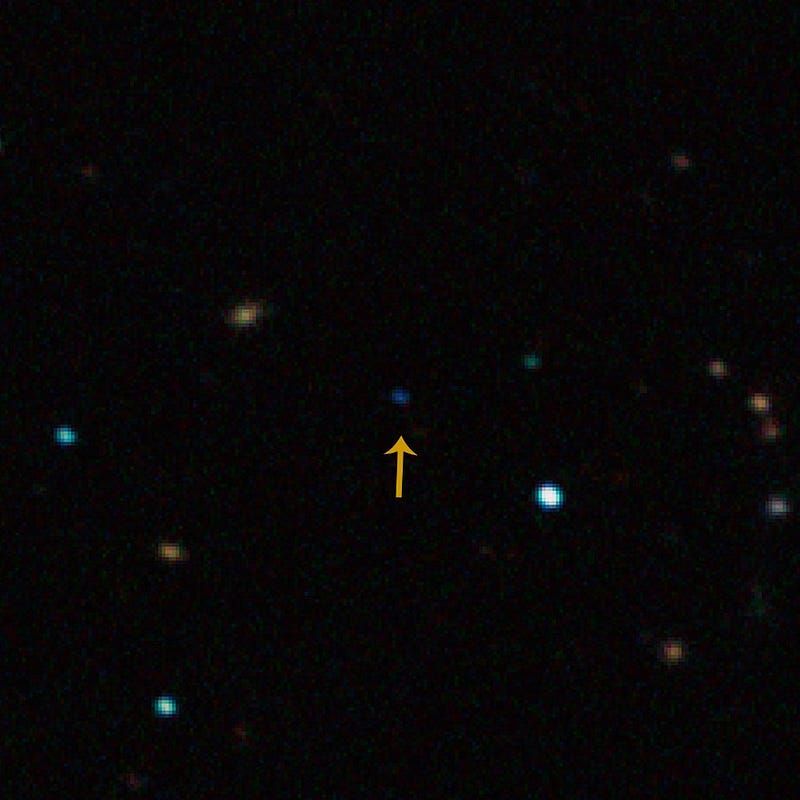
So we may have a few rogue planets that were ejected from young solar systems, and there may even be a handful in the galaxy that came from our Solar System. But the vast majority of all the planets in the galaxy were never attached to stars at all! Rogue planets wander the galaxy, most of them destined to toil forever in loneliness, having never known the warmth of a parent star. Their potential parents, most likely, were thwarted by stellar evolution from ever becoming stars themselves! What we have, instead, is a galaxy with most probably around a quadrillion of these nomad worlds, objects which we’re only just beginning to discover. Interstellar space might be devoid of light-emitting objects, but know that there are plenty of worlds to discover on our journey to the stars!
This post first appeared at Forbes. Leave your comments on our forum, check out our first book: Beyond The Galaxy, and support our Patreon campaign!





